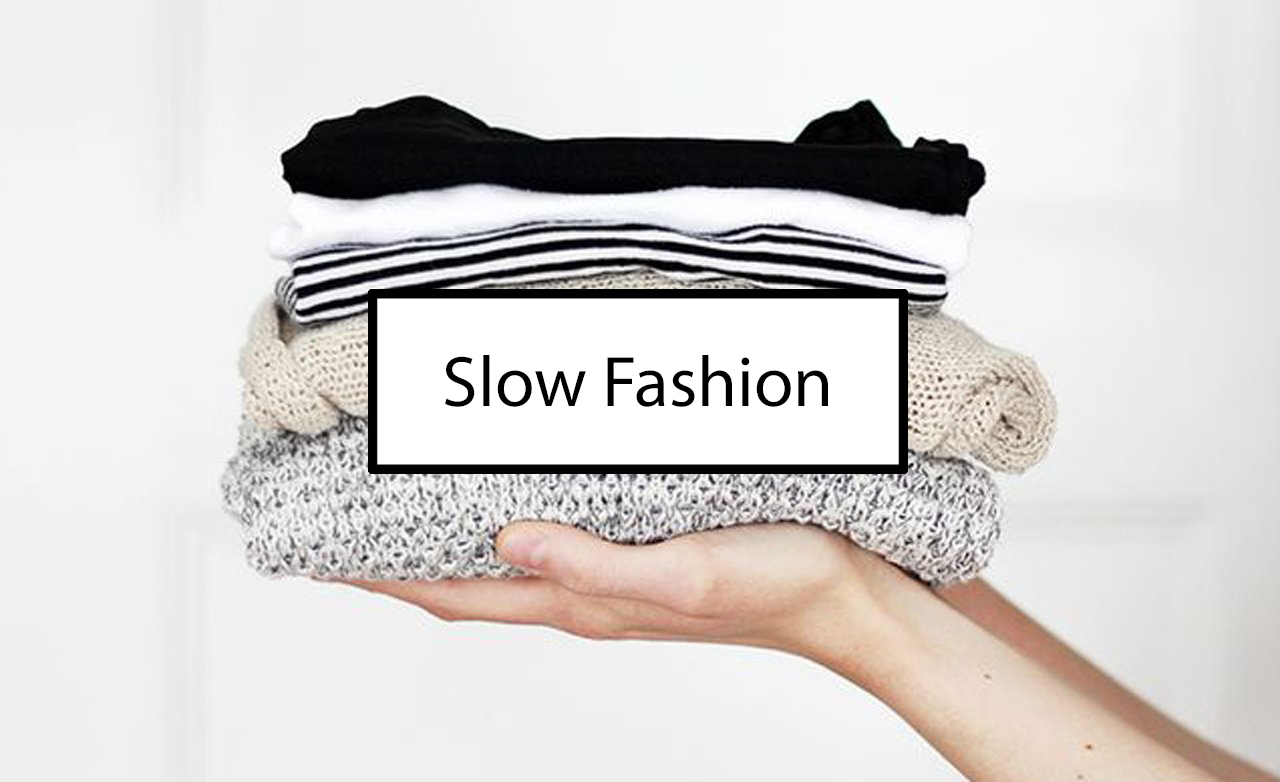Fast fashion is the frequent updating of clothing assortments in line with the latest fashion trends. This is also a philosophy of rapid production and accessibility of new products. It implies treating clothing as a perishable product. He, they say, cannot lie on the shelves for a long time and must get to the consumer as soon as possible. Today I will tell you about the dangers of this trend.
Features of fast fashion
Weekly shows “autumn-winter” and “spring-summer” set the main trends. Only fans of sustainable fashion can ignore them. These two displays reflect the traditional four seasons, corresponding to the cycles of nature. Stylists and budget-conscious connoisseurs of modern fashion are guided by them.
Designers of fast fashion brands also draw inspiration from these same weekly shows. They adapt what they see on the catwalk to the mass consumer, slightly modifying the clothes with the goal of:
- Speeding up and reducing the cost of its production.
- Reducing the risk of lawsuits from the original creators.
- Increasing the range of products.
Combined with an established scheme for the production and supply of ready-made clothing to stores, this made it possible to update the product range every 4-6 weeks. At the same time, approximately 15 days pass before the design appears in the mass market.
For comparison: the originals presented at fashion weeks find their buyers only after six months.

@Impakter
This difference reflects another facet of fast fashion - speed. Manufacturers respond to changing consumer tastes in real time. They give connoisseurs of high fashion the opportunity to experience it at an affordable price.
This is how they not only gain popularity, but also achieve incredible sales volumes. At the same time, no more than 10% of their assortment of new collections “survive” until sales.
For comparison: approximately 80% of clothes from more expensive brands are sold only after discounts are announced.
Disadvantages of fast fashion
The low cost characteristic of the mass market is achieved, among other things, by reducing the cost of creating clothes. And this includes a constant increase in production capacity, low quality of the product, and the use of labor from the population of developing countries.
The result of this approach has been the natural criticism of fast fashion for pollution. Short-term trends, poor quality clothing and a focus on synthetics lead to increased emissions during production. And simply to an increase in the number of outfits ending up in the trash can.

@RETHINK Retail
And this is not to mention the fact that cheapness is extremely rarely combined with the creation of proper working conditions where it can be done without. In developing countries, like Africa for example.
A counterbalance to fast fashion
The philosophy of speed and accessibility of clothing, dictated by fast fashion, met with a worthy rebuff.Moreover, both from environmentally conscious consumers and from fashion houses.
In the first case, we can talk about ideas based on reducing the rate of style change and increasing the environmental friendliness of clothing. For example, sustainable fashion places an emphasis on increasing consumer culture. On its limitation, a decrease in the rate of turnover of textiles along with an increase in the quality of outfits and accessories. Separately, we can highlight slow fashion. She highly values handmade things, their reliability and environmental friendliness.

@Ocean&Me
Speaking about notable design trends, it is impossible to ignore capsule fashion and luxury minimalism. The first one overcomes fast fashion with combinatorics and practicality. Let there be only 10 items of clothing in your closet. But they all combine with each other and create a hundred different images.
And in luxury minimalism, quality and durability come first. An ideal cut, natural fabrics, calm tones and clearly defined details are not something that can be cheapened or produced quickly. Therefore, it is also unprofitable to copy this. Moreover, it is much more difficult to diversify and regularly update the range of items with clearly defined, laconic lines than clothes and accessories with flashy accents.

@BAGGY LUXE


 1
1




